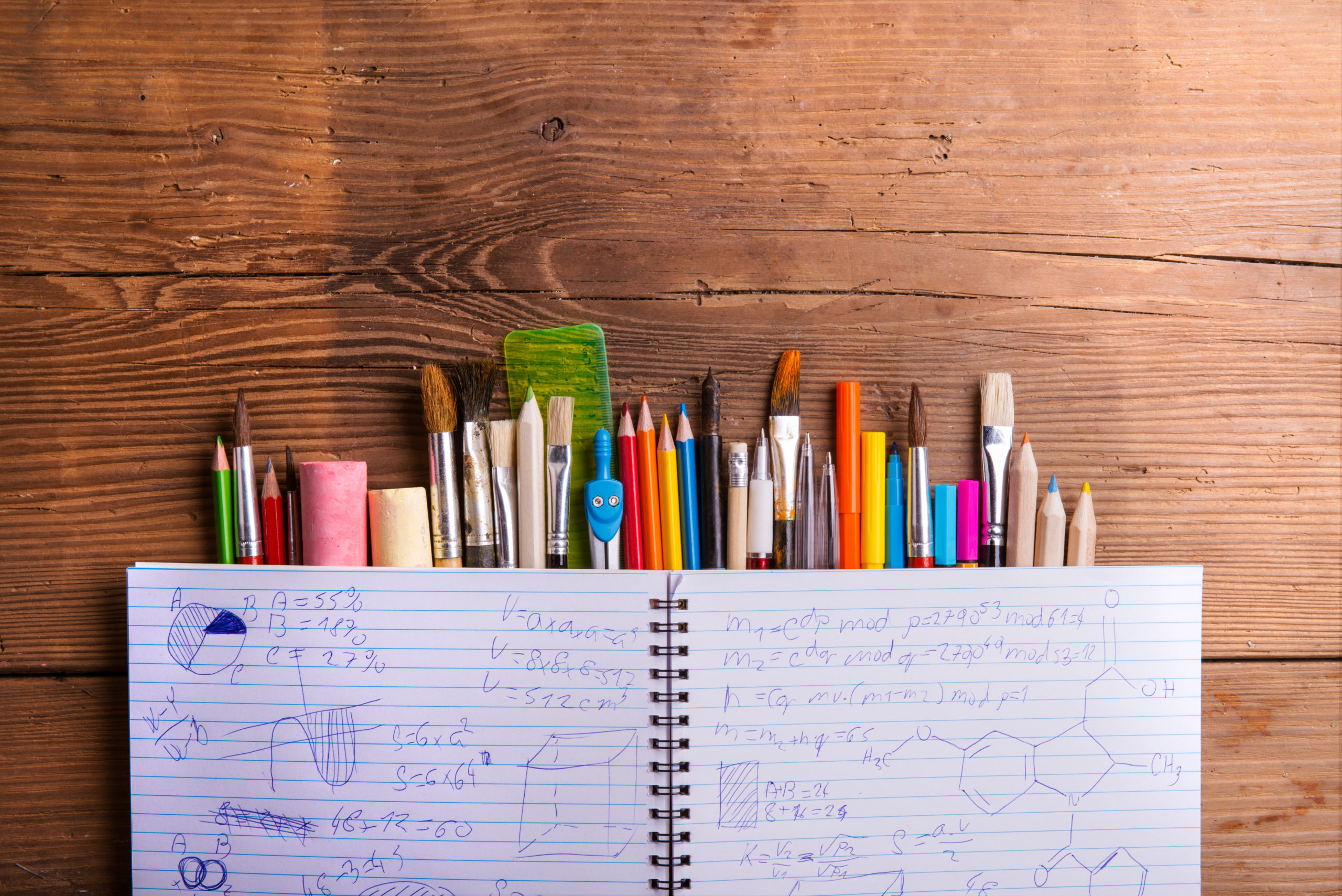Educator, writer, and publisher MaryAnn Kohl has said, “Art is as natural as sunshine and as vital as nourishment.” Perhaps this is why the Council for Art Education continues to coordinate Youth Art Month every March. Just as sunshine, food, and water are essential to life and growth, perhaps the visual arts are just as crucial. Art allows us to visually connect, to share something beautiful, interesting, or thought-provoking. It can connect the curriculum to real-life for students and evoke intense feelings. It provides a way for students to express themselves, escape from the ordinary, and sometimes even gives them an outlet to explore and manage overwhelming emotions and events. There are so many creative ways for schools to highlight the artistic talent and interest found within their school communities during Youth Art Month:
- Students’ (and staff!) artwork can be displayed throughout the school, on walls and in display cases. The library is a great place to display art that is difficult to hang or exhibit elsewhere (like pottery).
- Go a step further and ask students and staff if they are willing to part with their work by donating it to the school for an Art Show Fundraiser. Parents and other community members can purchase the art to raise money for the art department or the school as a whole!
- Start an after-school art club! Perhaps students would like to explore something artistic, but cannot fit a regular class into their schedule.
- Create a mural (or a few) in your school – some hallways, the gym, the cafeteria, and the library are some good spots! Don’t want it permanent? Select a theme and have students/classes contribute a section by drawing/painting on bulletin board paper and display throughout the hallways.
- Have you seen “Story Walks” in which readers walk around to read each part of a story? Create an “Art Walk” to get students and staff outside on beautiful days.
- The library can work with an art teacher(s) to create maker space activities and stations dedicated to art, such as:
- Introducing the basics of watercolor
- Creating your own mandala coloring pages
- Using a button maker to make wearable buttons of student art (work with the history teacher, too, and recreate historical propaganda, ads, or message buttons)
- Setting out everything needed to create a comic strip or a story in graphic novel format (Storyboard That is a good platform)
- Set out materials for students to create op-art
- An origami station
- Creating simple displays of art books and resources found in the library
- VR field trip to a museum
- Paint a wall or bookshelf with chalkboard paint (or buy some adhesive chalkboard paper and stick it to some tables) and let students doodle and draw on it. Erase and start again! Or, take some sidewalk chalk outside and cover the school sidewalks or playground with some comic strips!
- Check out these resources from eMediaVA:
- Meet Comic Book Artist Phil Jimenez
- Tons of great things found in the “Media Arts Toolkit”
- Elements of Art from the KQED Art School
- Art of Math
- Math and the Elements of Art Powerpoint
- Op-Art and Math Collide lesson plan
- Op-Art Like Robin Hammer
- Artrageous. There is a super cool video in this bundle about a kidney cell kaleidoscope…so cool to connect science and art! **There’s also a YouTube channel called Artrageous With Nate, which has some cool videos in it (obviously watch before sharing with students).
The nature of art is intensely personal, yet also a communal experience. Therein lies art’s charm, and this lends itself nicely to myriad ways of celebrating, sharing, and growing – nourishment for any community! Tap into your creative side to see how you can incorporate Youth Art Month in your classroom and your school community.
